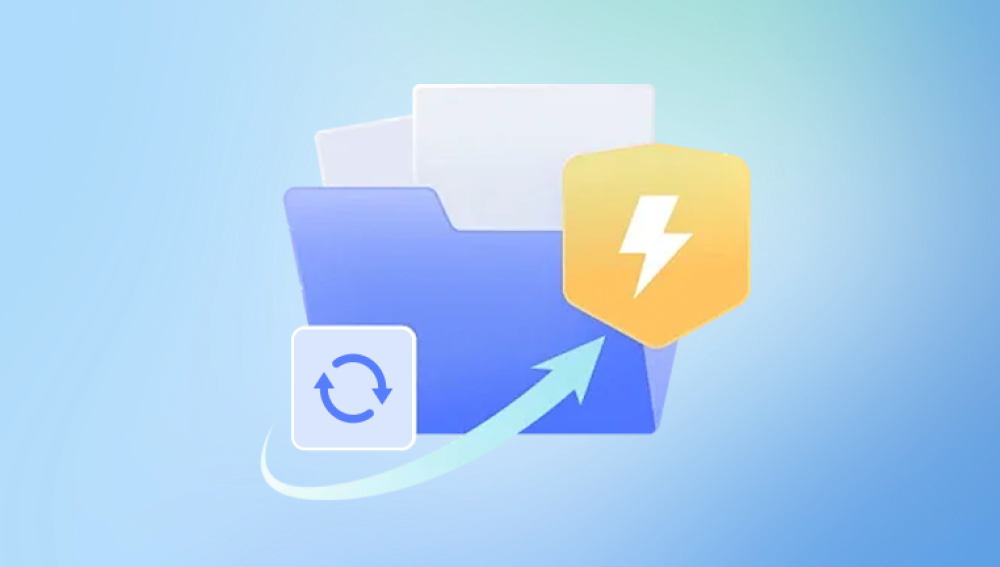Excel is a powerful tool used for data analysis, budgeting, and a myriad of other tasks. However, accidental deletions can occur, resulting in the loss of valuable data. Recovering a deleted Excel sheet can be a daunting task, but with the right methods, it is often possible to retrieve your lost work.
1. Reasons for Sheet Deletion
Before exploring recovery methods, it’s essential to understand why an Excel sheet might be deleted. Common reasons include:
Accidental Deletion: Users might unintentionally delete a sheet while working on a file.
Corruption: Files can become corrupted due to unexpected shutdowns or software crashes.
File Format Changes: Saving an Excel file in a different format may lead to data loss.
2. Immediate Recovery Methods
If you realize a sheet has been deleted, immediate action can enhance recovery chances.
2.1 Check the Undo Feature
The simplest method to recover a deleted sheet is to use the Undo feature:
Keyboard Shortcut: Press Ctrl + Z immediately after deletion. This action undoes the last action taken, which can restore the deleted sheet.
Undo Button: Click the Undo button on the Quick Access Toolbar in Excel.

2.2 Recover from the Recycle Bin
If you deleted the entire Excel file rather than just a sheet, check the Recycle Bin:
Open the Recycle Bin on your desktop.
Look for the deleted Excel file.
Right-click on the file and select Restore to recover it to its original location.
3. Using Excel’s Built-in Recovery Options
Excel provides several built-in features that may help recover lost sheets:
3.1 Open Recent Files
If you recently worked on the Excel file, it may still be accessible through the Recent Files list:
Open Excel and go to File > Open > Recent.
Look for the file in the list and click on it to open.
3.2 Restore Previous Versions
Windows allows users to restore previous versions of files, including Excel spreadsheets:
Right-click on the Excel file (if you still have it) or the folder containing it.
Select Properties and then navigate to the Previous Versions tab.
Select a version from the list and click Restore.
3.3 Use Excel’s AutoRecover Feature
Excel's AutoRecover feature automatically saves copies of your work at set intervals:
Open Excel and go to File > Options > Save.
Check the AutoRecover file location to see where your backups are stored.
Navigate to that location in Windows Explorer to find AutoRecover files.
4. Using File Recovery Software
If the built-in methods don’t yield results, consider using file recovery software. Here’s a step-by-step guide:
4.1 Choose a Recovery Software
Drecov Data Recovery is a cutting-edge software designed to recover lost data from various storage devices, including hard drives, external drives, USB flash drives, and memory cards. With a user-friendly interface and robust recovery algorithms, it allows users to retrieve lost files quickly and efficiently, minimizing downtime and stress.
Comprehensive File Recovery: Drecov Data Recovery supports the retrieval of numerous file types, including documents, images, videos, and audio files. Whether you've accidentally deleted a file or lost it due to a formatted drive, this software can help.
Advanced Scanning Options: The software offers both quick and deep scanning modes. The quick scan is ideal for recently deleted files, while the deep scan thoroughly examines the storage device for lost data, even if the file system is damaged.
User-Friendly Interface: One of the standout features of Drecov Data Recovery is its intuitive design. Even those with minimal technical knowledge can navigate the software easily, making the recovery process straightforward and stress-free.
Preview Before Recovery: Before recovering files, users can preview the found files to ensure they are the ones they need. This feature helps avoid unnecessary recovery of unwanted files.
Compatible with Multiple Platforms: Drecov Data Recovery is compatible with various operating systems, including Windows and Mac. This cross-platform support ensures that users can recover files regardless of their system.
Regular Updates: The developers behind Drecov Data Recovery frequently update the software to improve its performance and compatibility with the latest devices and operating systems. This commitment to excellence means users always have access to the best recovery tools.
4.2 Download and Install the Software
Download the recovery software on a different drive than the one containing the deleted file to prevent overwriting.
Install the software following the on-screen instructions.
4.3 Scan the Drive
Open the recovery software and select the drive where the Excel file was stored.
Choose the type of scan (quick or deep scan) based on your needs.
4.4 Preview and Recover Files
After scanning, the software will display recoverable files.
Preview the files to locate your deleted Excel sheet.
Select the file and choose a different location to save the recovered version.
5. Recovering from Backups
If you have a backup strategy in place, retrieving your deleted sheet can be straightforward:
5.1 OneDrive or SharePoint
If you save your Excel files on OneDrive or SharePoint, you may be able to recover deleted sheets:
Go to the OneDrive or SharePoint site.
Navigate to the folder where the file was stored.
Check the Recycle Bin in OneDrive or SharePoint.
Restore the file or access version history to retrieve an earlier version.
5.2 Windows Backup and Restore
If you use Windows Backup, you can restore previous versions of files:
Go to Control Panel > System and Security > Backup and Restore.
Select Restore my files and follow the prompts to retrieve your Excel file.
5.3 External Backup Solutions
If you back up your data using external drives or cloud services, follow these steps:
Access your backup medium.
Locate the backup folder where the Excel file was stored.
Copy the Excel file back to your working directory.
6. Preventive Measures for Future Loss
Taking proactive steps can help prevent data loss in the future:
6.1 Enable AutoSave and AutoRecover
Make sure AutoSave and AutoRecover options are enabled:
Go to File > Options > Save and ensure that both options are checked.
6.2 Regular Backups
Implement a regular backup strategy to keep copies of your important files:
Use cloud services like OneDrive, Google Drive, or Dropbox.
Schedule regular backups to external drives.
6.3 Save Frequently
Get into the habit of saving your work frequently by pressing Ctrl + S or using the Save button.
7. Troubleshooting Common Issues
If recovery attempts fail, consider these troubleshooting tips:
7.1 Excel Not Responding
If Excel crashes while trying to recover files, try:
Restarting your computer.
Opening Excel in Safe Mode by holding down Ctrl while launching it.
7.2 File Format Issues
If your file opens but the sheets are missing:
Check if the file is saved in a different format (e.g., CSV) that does not support multiple sheets.
Try converting the file back to Excel format.




